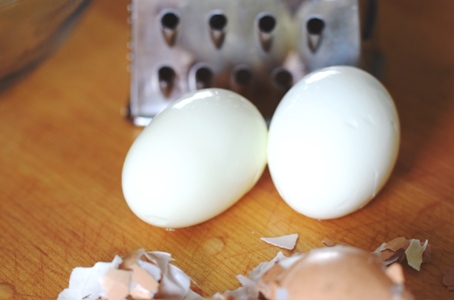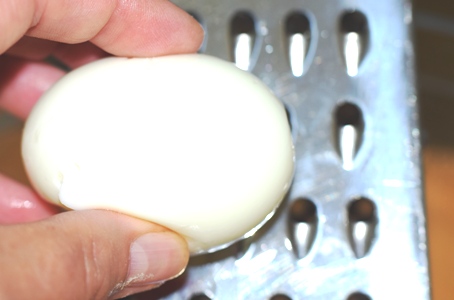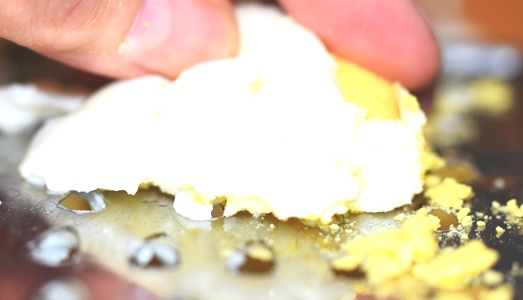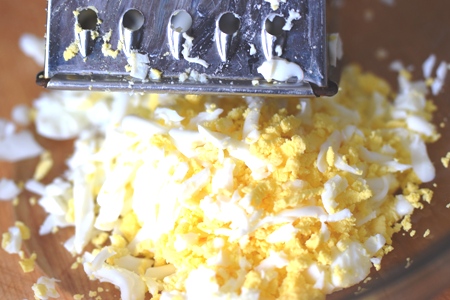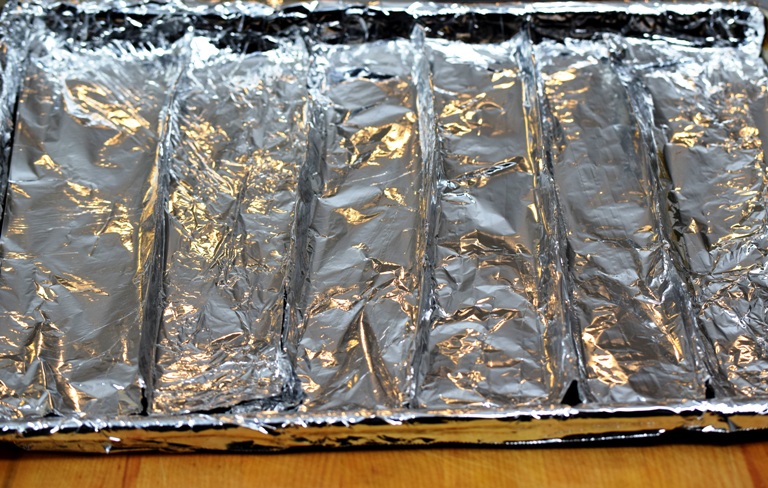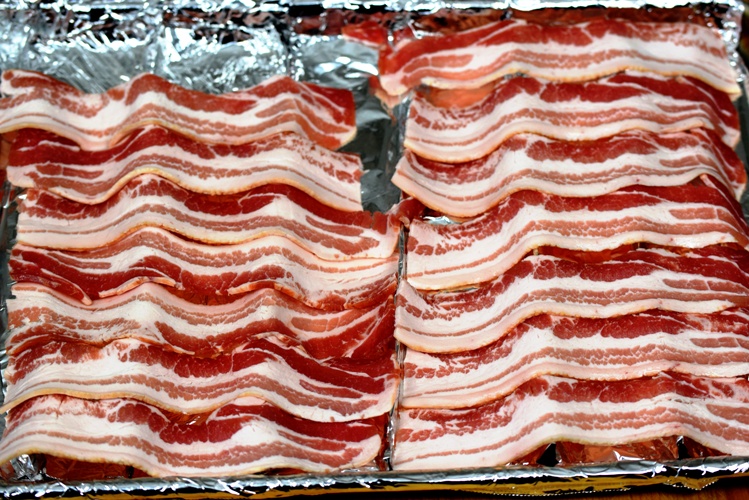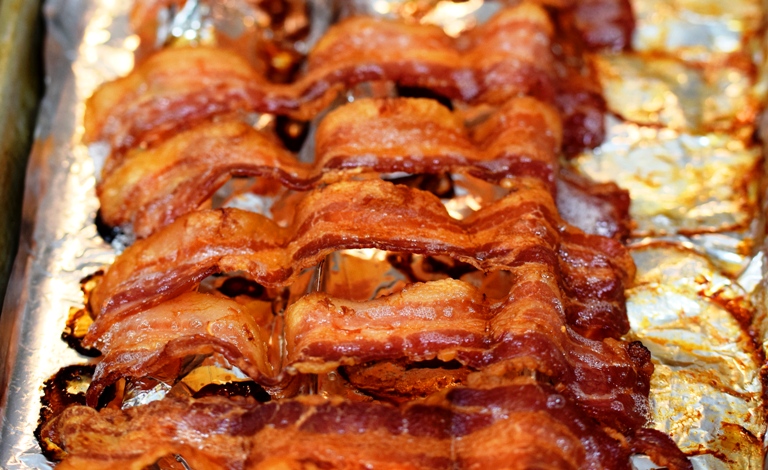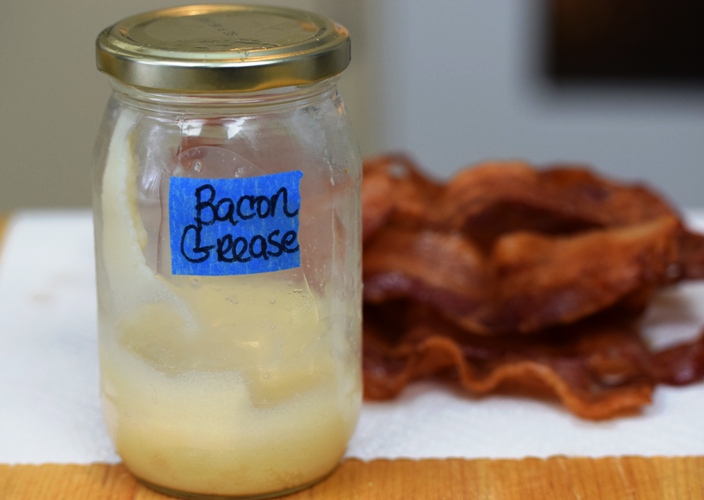I was making tuna salad today, and it occurred to me that I hadn't shared a few of my favorite egg hacks with you! These hacks came about out of necessity, as we made tuna salad daily at the cafe, as well as egg salad and other special salads that contained eggs. Peeling and chopping the eggs for those salads was messy and time-consuming, and as the years passed, I came up with some shortcuts that made this work easier, faster, and less messy.
First and foremost the eggs need to be cooked and cooled enough to handle. Here is my simple formula for perfect hard boiled eggs:
Place the eggs in a generously sized pot (don't over-crowd the eggs) and cover them with water, with at least one inch over the tops of the eggs. Set the pot over high heat and bring to a boil. Boil for one minute. Remove from the heat and cover. The eggs bathe in the hot water for:
- Small eggs-9 minutes
- Medium eggs-10 minutes
- Large eggs-11 minutes
- X-Large-12 minutes
- Jumbo eggs-13 minutes
While the eggs finish cooking, prepare an ice bath in a bowl large enough to accommodate the eggs, water to cover, and plenty of ice. Remove the eggs immediately when the cooking time is up (set a timer!). Using a spider or slotted spoon, remove the eggs from the pot and place in the ice bath. Let the eggs cool.
To peel, remove the eggs from the water, tap both ends on the counter to crack the shell, then roll the egg on the counter to break up the shell. Dip the egg back into the water, allow the water to flow between the shell and the egg, making your job easier! Peel the egg, dipping into the water as needed to slip off the shell. Place the peeled eggs on a kitchen or paper towel to drain.
One day while preparing egg salad at the cafe, I looked at my food processor that I had just used to grate cheese and thought that just might be a great way to prep the eggs! I tried it, and oh boy, did it ever work. It's easy to use a hand grater for just a few eggs. I find that the eggs combine so much better with other ingredients, and never again do pieces of egg fall out of a sandwich while being eaten! Egg salad prepared this way is easy to spread, but not totally smooth, which I like. When added to other mixtures the eggs blend in beautifully. And it is so much faster!
So next time you want to whip up a dish with chopped hard boiled eggs, give this method a try. I think you'll love it!

